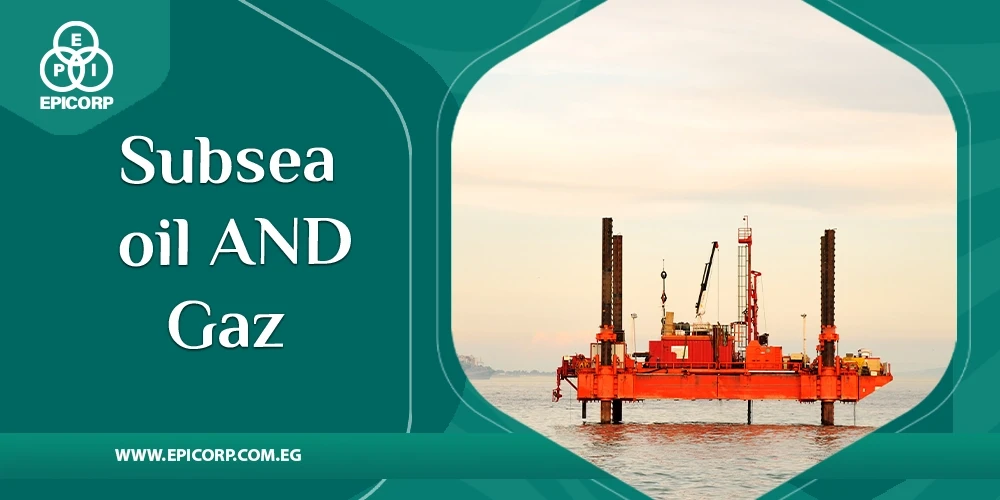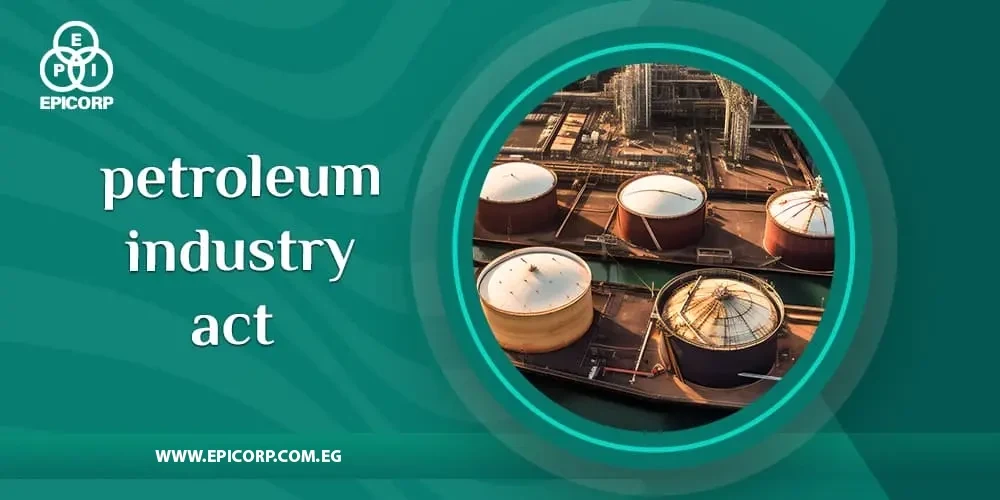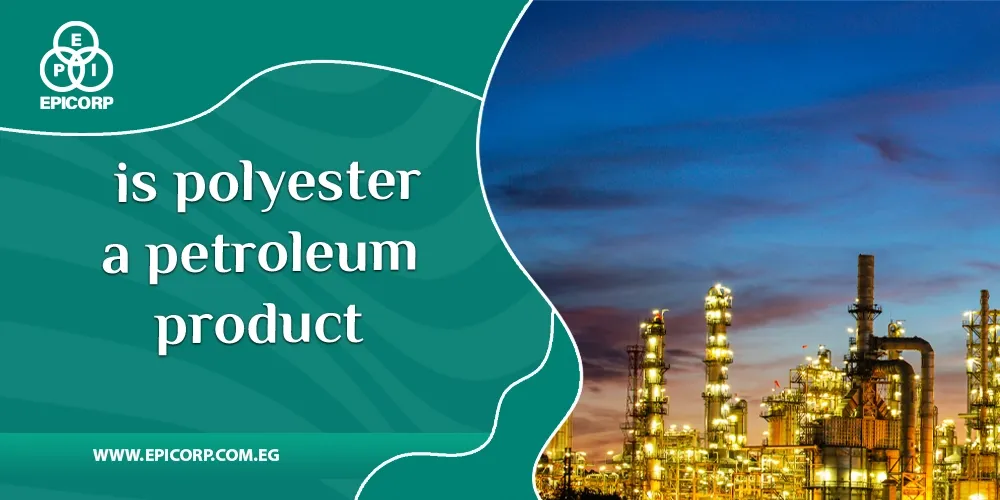subsea oil and gas exploration and production represent the frontier of the energy industry, delving into the depths of our oceans to extract vital resources. This specialized branch of offshore engineering involves deploying equipment and facilities beneath the ocean surface to tap into reservoirs located deep below the seabed.
From advanced underwater robotics to innovative drilling techniques, subsea operations require a unique blend of technology, engineering expertise, and environmental stewardship. As demand for energy continues to rise, understanding the intricacies of subsea oil and gas is crucial for navigating the complexities of our global energy landscape.
Table of Contents
ToggleWhat is subsea oil and gas?
In the context of oil and gas, “subsea” refers to operations, equipment, and infrastructure located beneath the ocean surface for the exploration, production, and transportation of oil and natural gas. This includes various components such as wellheads, pipelines, manifolds, control systems, and subsea processing facilities, all of which are deployed on the seabed.
To extract hydrocarbons from underwater reservoirs. subsea oil and gas technology enables the energy industry to access offshore oil and gas reserves in increasingly deeper and more remote locations, presenting unique technical and operational challenges that require specialized engineering solutions.
Read also: Petroleum Industry Definition.
How does a subsea system work?
A subsea oil and gas system typically consists of several components that work together to extract, process, and transport oil and gas from underwater reservoirs to production facilities on the surface. Here’s an overview of how a subsea oil and gas system works:
- Subsea Wells: These are wells drilled on the seabed to access oil and gas reservoirs beneath the ocean floor. Subsea wells are equipped with wellheads, which control the flow of hydrocarbons and provide a connection point for subsea production equipment.
- Subsea Trees: Subsea trees are large structures installed on top of subsea wells to regulate the flow of oil and gas. They contain valves, chokes, and other equipment to control the flow rate and pressure of hydrocarbons produced from the well.
- Subsea Manifolds: Manifolds are hubs that receive production fluids from multiple subsea wells and distribute them to processing facilities or export pipelines. They help streamline the flow of hydrocarbons and provide flexibility in managing production from various wells.
- Subsea Flowlines and Pipelines: These are underwater pipelines that transport oil and gas from the subsea wells to processing facilities or export terminals onshore. Flowlines connect individual wells to nearby manifolds, while pipelines carry the hydrocarbons over longer distances to shore.
- Subsea Control Systems: These systems remotely operate and monitor subsea equipment, such as valves and sensors, from control centers onshore or offshore platforms. They enable operators to regulate production, monitor performance, and respond to changes in operating conditions.
- Subsea Boosting and Processing Equipment: In some cases, subsea systems include equipment for boosting the pressure of the produced fluids or processing them to remove impurities before transportation. This can include subsea pumps, separators, and other specialized facilities.
Get to know: What Is Petroleum Energy
What materials are in a subsea pipeline?
subsea oil and gas are vital components of offshore oil and gas infrastructure, requiring materials capable of withstanding extreme conditions underwater. Common materials used in subsea pipelines include carbon steel, corrosion-resistant alloys (CRAs).
Like stainless steel, high-strength low-alloy (HSLA) steel, and thermoplastics such as polyethylene (PE) and polypropylene (PP). These materials are selected based on factors like water depth, corrosion resistance, and project economics.
Additionally, fiber-reinforced composite materials offer lightweight and corrosion-resistant alternatives. The choice of materials is crucial to ensure the durability, integrity, and safety of subsea oil and gas in transporting hydrocarbons from offshore wells to onshore or offshore facilities for processing and distribution.
Here’s: Solid Waste Management In Petroleum Refineries.
What are the advantages of subsea?
subsea oil and gas operations offer numerous advantages in offshore oil and gas exploration and production. These include access to remote reserves in deepwater locations, environmental benefits by minimizing disruption to marine ecosystems, enhanced safety through underwater installations, increased production efficiency by clustering wells and reducing operational costs.
A reduced environmental footprint with minimal seabed occupation, lower operational costs due to reduced maintenance and exposure to harsh weather, and flexibility for future expansions or modifications. Overall, subsea oil and gas operations represent a cost-effective, environmentally friendly, and technologically advanced approach to extracting hydrocarbon resources from the ocean floor.
Read also: Petroleum Refinery In Modern Times.
What are subsea structures?
subsea oil and gas structures are essential components of offshore oil and gas production systems, designed to withstand the harsh conditions of the underwater environment. These structures include wellheads, manifolds, templates, pipelines, risers, and subsea production systems like trees and controls.
They are deployed on the seabed to support drilling operations, control the flow of hydrocarbons, and facilitate the transportation of oil and gas to surface facilities. Subsea structures are engineered to withstand high pressures, corrosion.
And environmental forces, ensuring the safe and efficient extraction of resources from underwater reservoirs. They play a crucial role in enabling offshore exploration and production activities while minimizing the environmental impact on marine ecosystems.
Read also: Oil Refinery Waste Products.
What is subsea maintenance?
subsea oil and gas maintenance involves the inspection, repair, and upkeep of underwater equipment and infrastructure used in offshore oil and gas operations. This includes subsea pipelines, wellheads, manifolds, control systems, and other subsea structures deployed on the seabed.
Maintenance activities are carried out using remotely operated vehicles (ROVs) equipped with cameras, sensors, and manipulator arms to access and perform tasks at depth. Subsea maintenance tasks may include cleaning, corrosion protection, valve and equipment repairs, inspection for defects or damage.
And installation of protective coatings or cathodic protection systems. Regular maintenance is essential to ensure the reliability, integrity, and safety of subsea installations, as well as to maximize operational efficiency and prolong asset lifespan in challenging underwater environments.
Conclusion
In conclusion, according to EPICORP subsea oil and gas operations play a pivotal role in meeting the world’s energy needs, pushing the boundaries of exploration and production to harness resources from beneath the ocean floor. While presenting significant technical challenges, advancements in technology.0
And engineering continues to drive innovation in this field. As we move forward, it’s essential to balance the benefits of subsea development with environmental considerations, ensuring responsible and sustainable practices for the future of energy extraction beneath the waves.
FAQ
What are subsea operations?
subsea oil and gas encompass a range of activities conducted beneath the ocean surface to explore, produce, and transport oil and gas resources. These operations involve deploying specialized equipment and infrastructure on the seabed to access hydrocarbon reservoirs located deep below the ocean floor. Subsea operations include tasks such as drilling subsea wells, installing subsea production systems (including trees, manifolds, and flowlines).
What is a subsea equipment?
subsea oil and gas equipment refers to specialized machinery and infrastructure deployed beneath the ocean surface for the exploration, production, and transportation of oil and gas. This equipment includes a variety of components designed to operate in harsh underwater environments, such as subsea trees, manifolds, flowlines, pipelines, control systems, and processing facilities.



